How to select a Bedwetting Alarm
The Bed-Wetting alarm itself plays a major role in the treatment of bedwetting. However, It is important to remember that the alarm itself won’t solve the bedwetting issue—it’s how you use it that will lead to a resolution.
To be useful in the treatment of Bedwetting the alarm should meet a number of simple demands: The sound should be loud enough for children and parents to hear, it should sound when wetting begins, it should remain silent when no wetting occurs, it should be friendly and comfortable to use and it should be inexpensive.
Additional features such as alternating sounds and vibrations can help to some extent but do not always justify the additional cost they require.
Selecting the right bedwetting alarm for your child can be made easier by considering the following information.
You are welcome to enjoy a 10% off Dri Sleeper Bedwetting Alarms.
Please make sure the code DRKUSHNIR is entered at checkout to get your discount.
Types of Alarms
There are two main types of bedwetting alarms:
A. In-Pant Alarms – Wearable Bedwetting Alarms
B. In-Bed Alarms – Bell and Pad Bedwetting Alarms
A. In-Pant Alarms Wearable
All alarms in this category are attached to the child’s clothing and can be classified as either wired or wireless.
1
Wireless alarms – These devices consist of a miniature sensor attached to the garment where wetting is likely to occur. They are connected to an alarm box, which is attached to the shoulder or the wrist via a thin cord. When the sensor detects the first drop of urine, the alarm is activated.
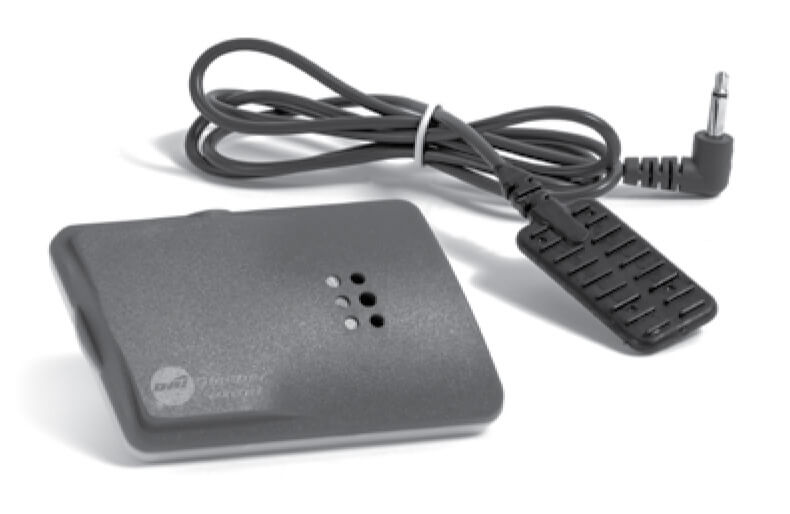
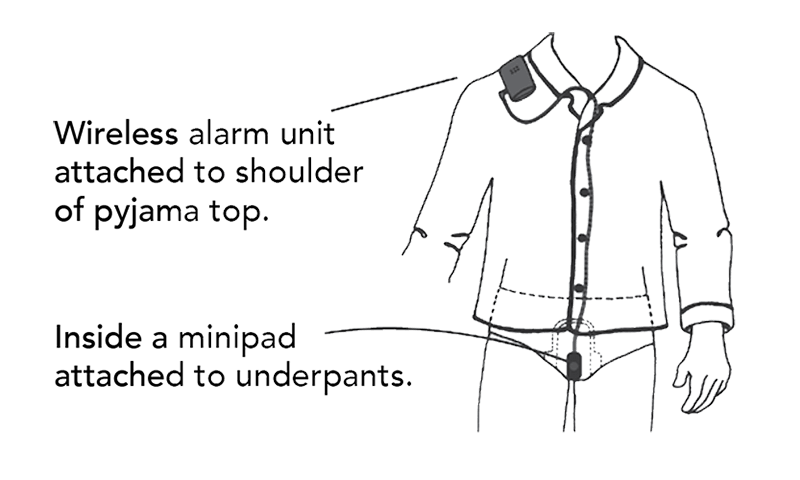
2
Wireless alarms – These devices are composed of two parts. The first part is a miniature sensor-transmitter attached to the clothing in the wetting area. The second part is the alarm, which is not attached to the child’s clothing. It can be placed anywhere in the house, such as the child’s room, parents’ room, or any other suitable location. Like wired alarms, the wireless sensor activates the alarm when it detects the first drop of urine.
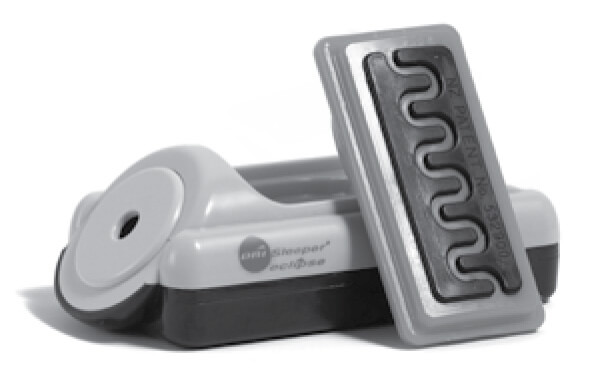
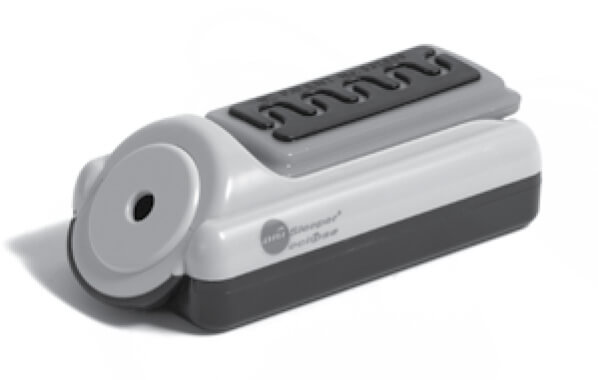
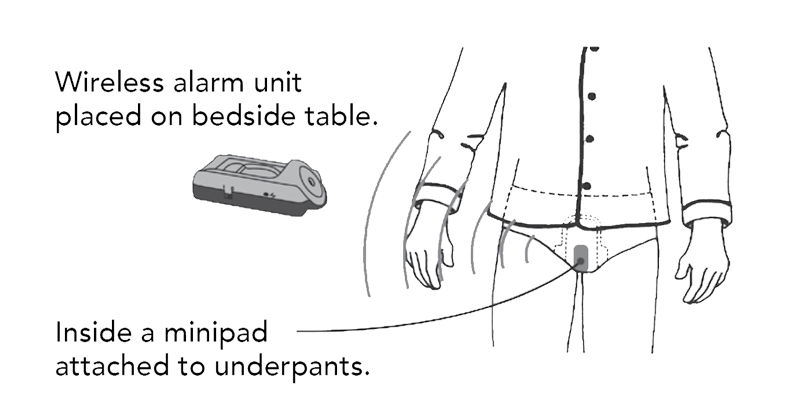
B. In-Bed Alarms - Bell and Pad Bedwetting Alarms
This type of alarm system includes a detector pad placed under the bedsheet. It is connected via an electrical cord to an alarm box positioned next to the bed. When wetting occurs and reaches the detector pad, the alarm box is activated.

Advantages and Disadvantages of In-Pant Alarms
In-Pant alarms offer the advantage of having the sensor located close to the source of wetness, allowing early detection with the first few drops of urine. They are not affected by the child’s sleeping position, ensuring consistent and effective conditioning. Using In-Pant alarms can lead to significant improvements in living conditions right from the beginning of treatment, due to the reduced amount of urine reaching the bed sheets. Some models even allow the use of diapers during treatment, minimizing laundry and discomfort.
Wired In-Pant alarms are generally more affordable, while wireless options are more efficient and convenient to use. Wireless alarms eliminate the need for a shirt and any associated wires. They also offer the flexibility to place the alarm in different areas of the house, including the parents’ bedroom, which can be particularly helpful
for addressing deep sleep. Certain wireless models support the use of two simultaneous alarms, one in the child’s room and one in the parents’ room.
The main disadvantage of In-Pant alarms is their lack of suitability for children who cannot tolerate any foreign objects attached to their clothing.
Advantages and Disadvantages of In-Bed Alarms
In-Bed alarms have the disadvantage of a delay between wetting onset and the activation of the buzzer. They are triggered only after a substantial amount of urine has passed through the clothing and bed sheets to reach the detector pad. This may affect the quality and effectiveness of conditioning and treatment. Additionally, if the child sleeps on their back or far side of the bed, the wetting
may not reach the detector pad, leading to non-activation of the alarm. Unlike In-Pant alarms, In-Bed alarms cannot be used when the child wears diapers.
However, the advantage of in-bed devices lies in their suitability for children who cannot tolerate any foreign objects attached to their clothing.
